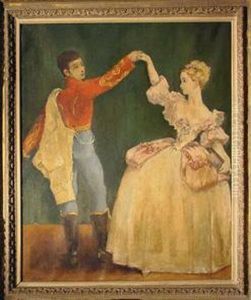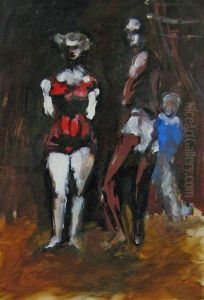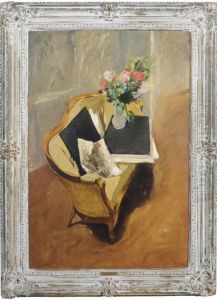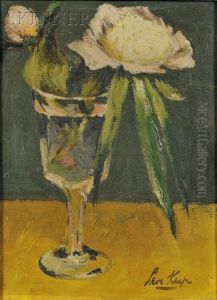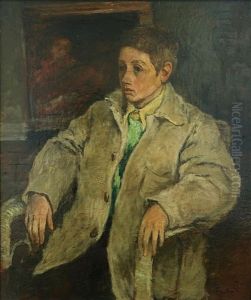Leon Karp Paintings
Leon Karp was an American artist renowned for his contribution to the Surrealist movement in the United States. Born in Philadelphia, Pennsylvania, in 1907, Karp spent much of his career exploring the boundaries of surrealism, juxtaposing the ordinary with the fantastical in his artwork.
Karp's artistic journey began in his hometown, where he received his initial education and began to develop his craft. His early work was influenced by the prevailing styles of the time, but he soon found his voice in surrealism, drawn to its emphasis on the subconscious and dream-like imagery. In the 1930s, Karp moved to New York City, which was rapidly becoming a center for avant-garde art. There, he became part of a vibrant community of artists who were pushing the boundaries of traditional art and exploring new, modernist ideas.
Throughout his career, Karp exhibited his work alongside other prominent surrealists and was actively involved in the art scene of his time. His works often featured enigmatic figures and scenes that seemed to be drawn from a dream or an alternate reality. Karp's paintings were characterized by a strong sense of composition, a vivid color palette, and a unique blend of reality and imagination. He used a variety of media, including oil paint and pastels, to create his distinctive works.
Unfortunately, Leon Karp's career was cut short when he died in 1951 at the age of 44. Despite his early death, Karp's work left a lasting impact on the world of surrealist art. His paintings continue to be celebrated for their originality and depth, and his contributions to American surrealism have been recognized by art historians and critics alike.
